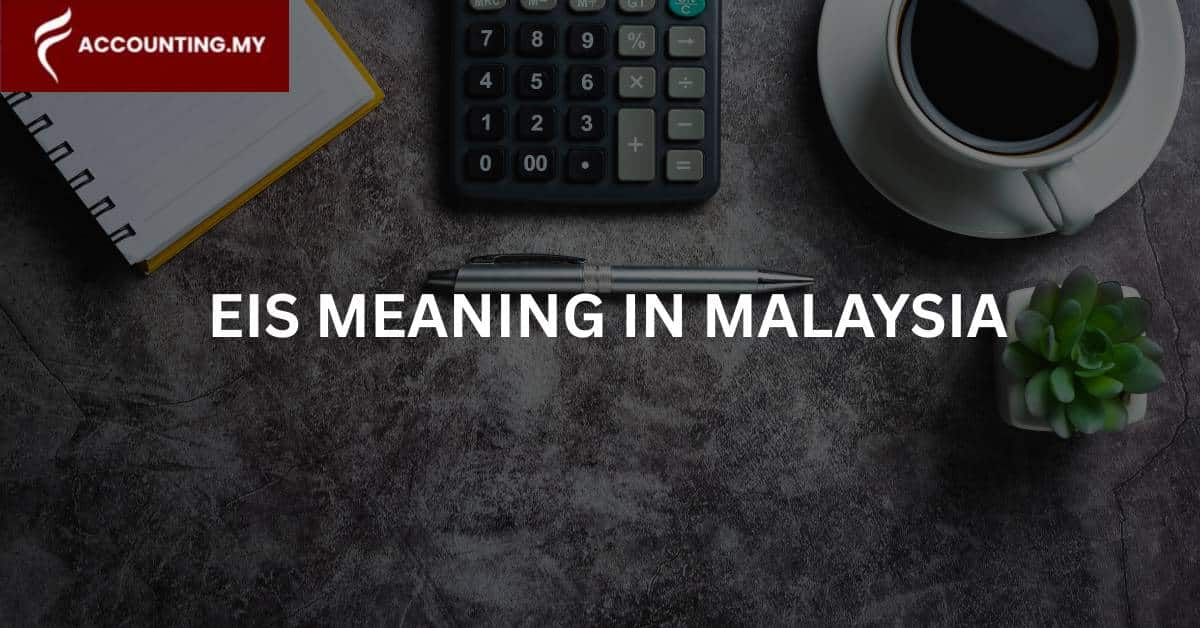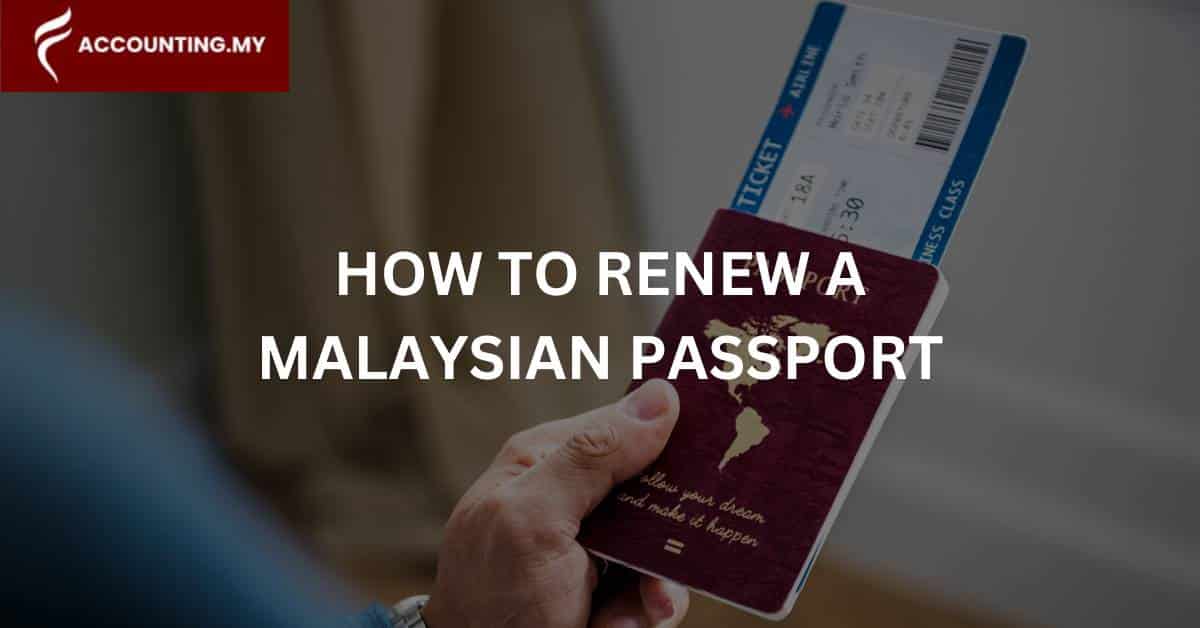Key Takeaways
- EIS stands for Employment Insurance System, a social security scheme managed by SOCSO in Malaysia.
- Both employer and employee contribute 0.2% each of monthly wages (total 0.4%), capped at RM6,000 wages (effective 1 Oct 2024).
- EIS supports workers who lose their jobs by providing temporary financial assistance and job search services.
- Most private-sector employees aged 18–60 are covered. Exemptions include foreign workers, permanent/pensionable public servants, domestic workers, and employees aged 57+ who never contributed to EIS before.
- Claims include job search allowance, training, and career counselling, but only retrenched employees are eligible, not those who resign voluntarily.
The Employment Insurance System (EIS) in Malaysia is a social safety net managed by SOCSO, designed to support employees who lose their jobs involuntarily. Both employers and employees contribute monthly, and the scheme provides financial aid, reskilling, and job placement assistance.
Ever spotted “EIS” on your payslip and wondered if it’s just another tax deduction workers never see again?
The truth: it’s actually one of the few deductions that may save you when retrenchment strikes.
So if you’re curious what EIS is, we’re here to answer that and more, including how contributions work, who’s covered, and what benefits you can claim in 2025.
What Does EIS Mean in Malaysia?
EIS means the Employment Insurance System, introduced in 2018 to protect employees who lose their jobs involuntarily. It’s managed by SOCSO (Social Security Organisation) and works like a safety net.
Employees and employers contribute small amounts each month, and the fund helps workers when retrenchment or company closure happens.
It’s basically Malaysia’s unemployment protection scheme: you pay a little now so that help is there if you ever need it.
How Does EIS Work?
EIS works by collecting monthly contributions and paying benefits when employees are retrenched.
- Employers deduct 0.2% from employees’ monthly wages.
- Employers themselves also pay 0.2%.
- These funds go to SOCSO’s EIS pool.
- If an employee loses their job, they can apply for financial aid and training support.
For example:
- If you earn RM3,000 monthly → RM6 (employee) + RM6 (employer) = RM12 goes into EIS.
- If retrenched, you may receive temporary allowances to cover expenses while looking for a new job.
Who Needs to Contribute to EIS?
Almost all private-sector employees aged 18–60 contribute to EIS, whether permanent, contract, or part-time, there are exceptions which we will discuss later.
The scheme is compulsory, regardless of whether you’re permanent staff, on a fixed-term contract, or working part-time.
Employees Covered by EIS
- Full-time staff in private companies
- Contract workers on short-term or project-based agreements
- Part-time employees who still fall under formal payroll systems
If your salary goes through payroll, chances are EIS deductions apply. But this is for your own good, so don’t worry too much about it!
Who Is Exempted from EIS?
We mentioned there are exemptions to the compulsory rule, and not everyone has to pay The main exemptions include:
- Government employees with pensions: Already covered under separate public service retirement benefits
- Domestic workers: Such as housemaids, gardeners, and personal drivers
- Self-employed individuals: freelancers, gig workers, and business owners must arrange their own safety nets
- Employees aged 57+ who have never contributed to EIS.
Why This Matters
Many Malaysians see “EIS” on their payslips and assume it’s optional. It isn’t. Employers are legally required to deduct and contribute on your behalf.
Example:
- A retail assistant on part-time hours at RM1,500/month still contributes to EIS.
- A Grab driver, however, does not, because they are self-employed.
In short: if you’re formally employed in Malaysia’s private sector and under 60, EIS is a standard deduction you’ll see every month.
How Much Is the EIS Contribution Rate?
The EIS contribution rate is 0.2% of monthly wages from the employer and 0.2% from the employee.
Here’s a simple breakdown:
Monthly Salary | Employee Pays (0.2%) | Employer Pays (0.2%) | Total Contribution |
RM2,000 | RM4.00 | RM4.00 | RM8.00 |
RM3,000 | RM6.00 | RM6.00 | RM12.00 |
RM5,000 | RM10.00 | RM10.00 | RM20.00 |
RM6,000 | RM11.90 | RM11.90 | RM23.80 |
Good to know: Contributions are capped at RM6,000 wages (effective 1 Oct 2024). So if you earn RM10,000, the EIS deduction is still calculated as 0.2% of RM6,000 = RM11.90 for you, and RM11.90 for your employer.
What Benefits Can You Claim Under EIS?
EIS benefits go beyond just getting cash in your bank account, they’re designed to help you get back on your feet. From allowances to training, the support covers both immediate needs and long-term career growth.
Main Benefits You Can Access
- Job Search Allowance (JSA): Monthly payout for 3–6 months while you job hunt (subject to CQC and active job-search conditions).
- Reduced Income Allowance (RIA): For insured persons with more than one job who lose at least one job (but not all), paid at the same rates/duration as JSA.
- Training Fee & Training Allowance: Reskilling/upskilling funded by PERKESO (with daily training allowance).
- Early Re-employment Allowance: A bonus if you return to work early.
- Career Counselling & Job Matching: Placement support via MYFutureJobs.
Real-Life Scenario
Imagine you worked in a retail chain for 5 years and suddenly got retrenched due to store closures. With EIS:
- You’d receive monthly JSA to cover essentials,
- Attend a free digital marketing course,
- And even get job-matching support from SOCSO to re-enter the market faster.
“ EIS isn’t just about financial relief, it’s about making sure Malaysians can bounce back stronger after retrenchment.”
How Do You Apply for EIS Benefits?
Apply online, do it within 60 days of your loss of employment (LOE), bring originals to your SOCSO meeting, register on MYFutureJobs, and submit your monthly claims after approval.
Confusing? We think so too, which is why we have a step-by-step guide:
Step 1: Check your eligibility
Make sure your situation counts as an LOE under Act 800:
- Retrenchment
- VSS/MSS
- Company closure
- Bankruptcy
- Constructive dismissal
- Resignation due to harassment/safety issues
And that you’ve met the contribution requirements.
2. Apply within 60 days
Submit your claim no later than 60 days from the LOE date. Late applications may not be processed or can be rejected.
3. Submit your application online
Go to the EIS Benefits Portal and complete the application. Keep a copy of the submission receipt for your records. You can also check your claim status from the same portal.
4. Prepare and upload the required documents
Have clear copies ready (and bring originals to your meeting):
- NRIC (front & back)
- End-of-employment letter (termination, VSS/MSS)
- Last 6 months’ payslips (counted from LOE date)
- Personal bank account page (for EFT payment)
- Employment/contract letter (from start year to end)
- Any supporting docs tied to your LOE (police report for harassment, medical memo for health-related LOE, Insolvency Dept. letter if bankrupt).
5. Attend your SOCSO appointment
After applying, you’ll be called for a meeting with SOCSO officers. Bring the original documents you uploaded. Incomplete files will not be processed.
6. Register with MYFutureJobs & join re-employment activities
To remain eligible for EIS benefits, you must register with MYFutureJobs and participate in the Re-employment Placement Programme (job search, counselling, interviews, training).
You must also inform SOCSO if you accept any job offer.
7. Submit monthly claims after approval
Once SOCSO approves your application, submit your EIS (Job Search Allowance) claims monthly through the portal to receive payments on schedule.
8. Receive payment by EFT
Payouts are made via electronic fund transfer to banks on SOCSO’s approved list (Maybank, CIMB, Public Bank, BSN, RHB, etc.). If you face EFT issues, contact SOCSO.
What counts (and doesn’t) as “Loss of Employment”
✅ Counts as LOE | ❌ Doesn’t Count as LOE |
Retrenchment (downsizing, redundancy) | Dismissal due to misconduct |
Voluntary Separation Scheme (VSS) or Mutual Separation Scheme (MSS) | Voluntary resignation |
Closure of business from natural disaster | Retirement (mandatory or early) |
Bankruptcy or closure of employer’s company | Expiry of a fixed-term contract / termination by mutual consent with no valid LOE grounds |
Constructive dismissal (unfair treatment) | Termination by mutual consent (no valid LOE grounds) |
Resignation due to sexual harassment or threat | – |
| Resignation due to unsafe, out-of-scope instructions | – |
“If your job loss is beyond your control, it usually counts under EIS. But if it’s voluntary or due to misconduct, it doesn’t.”
Need help or want to walk in?
Call SOCSO at 1300-22-800 or visit your nearest branch for guidance on documentation, portal access, or EFT issues.
Source: All steps, deadlines, document lists, LOE categories, MYFutureJobs registration, monthly claim requirements, and EFT details are taken directly from the EIS Benefits Portal (SOCSO/PERKESO).
Is EIS Different from SOCSO?
Not at all. Although both are meant to protect Malaysian employees, they do so differently.
SOCSO (Employment Injury Scheme)
This is the classic protection most Malaysians know. It covers workplace accidents, commuting accidents, occupational diseases, and invalidity.
In short, it safeguards you when you’re actively working and something unfortunate happens on the job.
EIS (Employment Insurance System)
This is newer (introduced in 2018) and has a different focus, helping employees who lose their jobs involuntarily.
It offers cash allowances, training programmes, and job search support to help you get back into the workforce.
- SOCSO = Protection while you’re employed (injuries, disabilities, workplace risks).
- EIS = Protection when you’re unemployed (retrenchment, redundancy, company closure).
What Happens If Employers Don’t Pay EIS?
Just like EPF, employers are legally required to contribute to EIS. This is NOT a side benefit you see on a LinkedIn job post, it’s a requirement by law.
Should an employer not contribute to an employee’s EIS, they are liable to:
Legal & Financial Penalties
- Under Section 16 of the Employment Insurance System Act 2017 (Act 800), an employer who fails to make the required EIS contribution (or fails to pay on behalf of employees) is liable for a fine of up to RM10,000, or imprisonment for up to 2 years, or both.
- Late payments incur interest or surcharge and the unpaid contribution can be recovered by Perkeso as a civil debt.
Other Consequences
- Perkeso or government audits may flag the employer’s company, which can lead to legal notices, enforcement actions, or worse.
- Reputational damage: being the employer who fails to do statutory deductions can lead to negative publicity.
“Don’t be the one who ends up in The Star headline “Company X caught for failing to remit EIS & SOCSO”. It’s avoidable by doing the basics right.”
Why Understanding EIS Matters for Both Employees and Employers
EIS is not just another line on your payslip. It’s a safety net that provides real protection during retrenchment, from monthly cash aid to training and job-matching opportunities.
For employers, it’s more than compliance, it’s proof that you’re protecting your workforce the right way.
At Accounting.my, our payroll software makes EIS contributions painless. Deductions are calculated automatically, submissions are synced with SOCSO requirements, and reminders ensure deadlines are never missed.
No more manual errors, no more legal risks, just smooth compliance.
Frequently Asked Questions About EIS in Malaysia
0.2% of monthly wages each from employee and employer (total 0.4%), capped at RM6,000 wages.
Employees retrenched involuntarily (not resigned or dismissed for misconduct).
Up to 6 months of Job Search Allowance, depending on contribution history.
No, EIS only covers formal employees. Self-employed must arrange their own insurance.
Through the EIS Benefits Portal (eis.perkeso.gov.my) or at any PERKESO branch.
Yes, for all employees under 60 years old, except pensioners and domestic workers.















